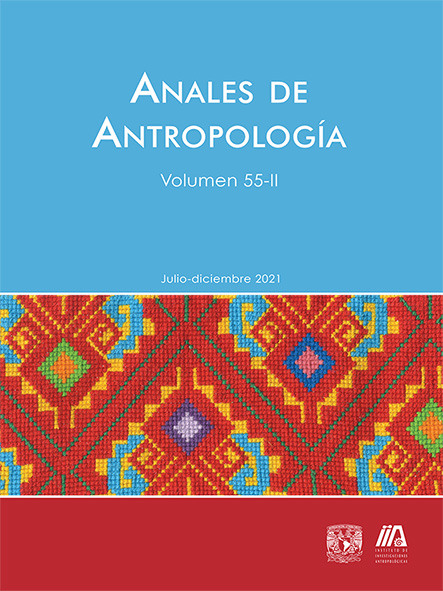Dislocation to the right periphery in the Tamazulapam mixe
Main Article Content
Abstract
Tamazulapam mixe is a final verb language (Santiago 2015). The sentence is organized by four preverbal positions and one postverbal position (top-x-arg-y-v-z). The topic presents its own intonational contour, X or focus is occupied by a single element, followed by the central arguments and Y is occupied by adverbs, indefinite pronouns, secondary predicates or a relational preverb. The posverbal position, Z or extraposed element is occupied by some adverbs of the Y position, by central arguments or by a complex sentence. This article focuses on the study of the central arguments of subject for intransitive, agent and primary object for transitive in position Z. I will justify that the extraposed argument is systematically information given in the discourse, they do not present a pause between the predicate and the dislocated element, and are extraposed. The central arguments in position Z, by not correlating with a pronoun in a preverbal position, I analyze them as intraclausal arguments, on the other hand, when a nominal phrase or a pronoun in position Z correlates with a pronoun in a preverbal position, automatically the postverbal argument is assumed as antitopic, that is, it will be analyzed as an argument outside the simple sentence.
Downloads
Article Details
Esta revista usa una licencia CC del tipo CC BY-NC-ND 3.0. Se maneja bajo el esquema de acceso abierto, con una licencia Creative Commons Attribution-NonCommercial-NoDerivs 3.0 Unported.
